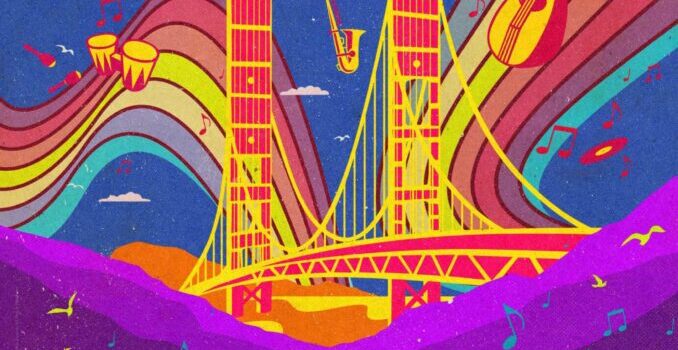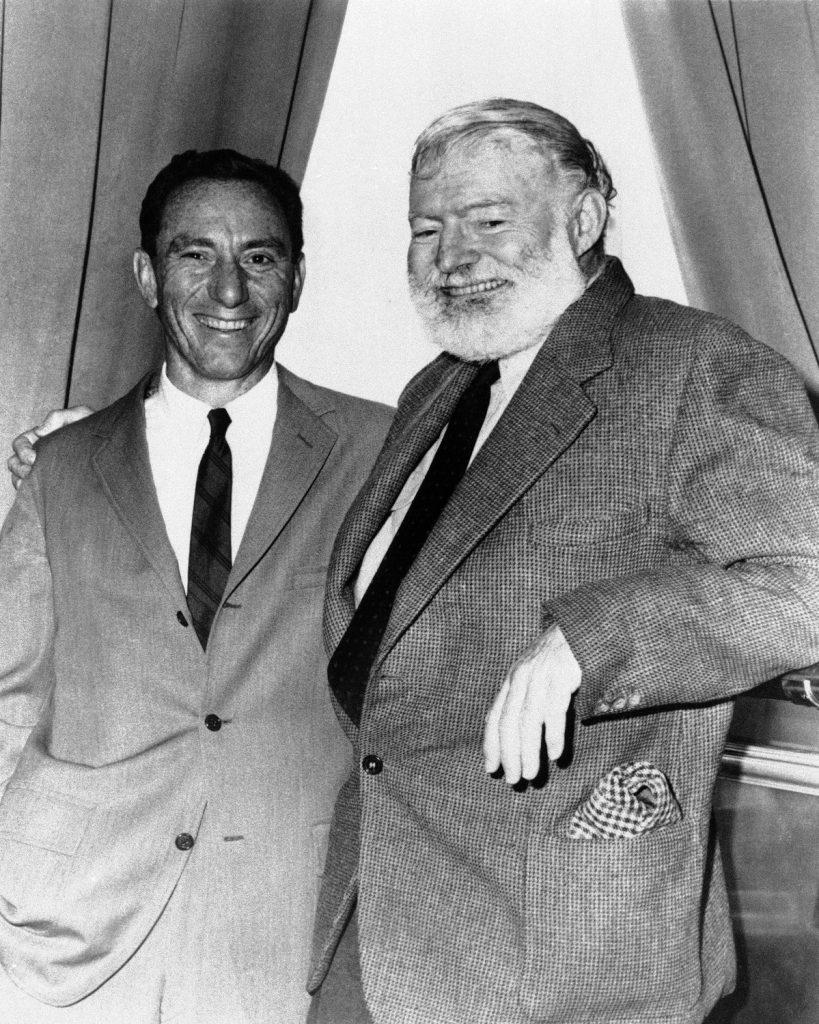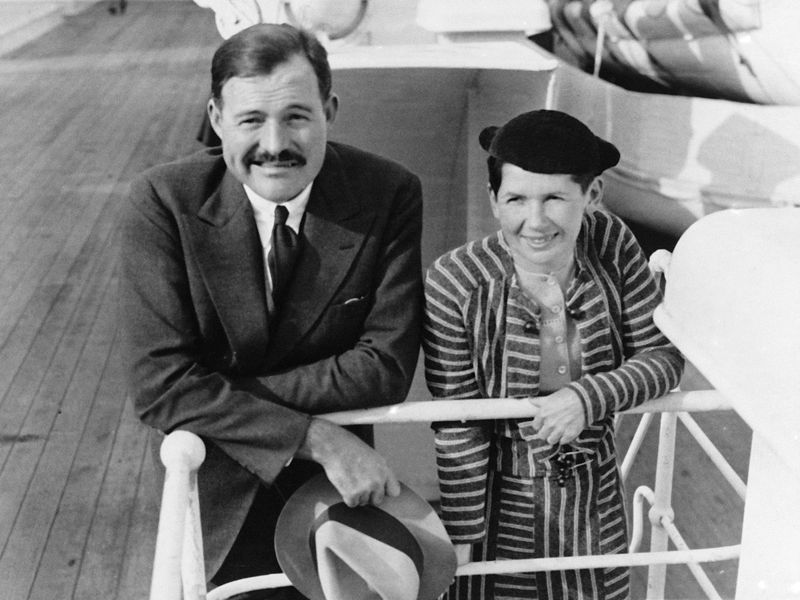2-part docuseries airs Aug. 20 and 27 at 9 p.m. CST on MGM+
By Robert Hunt
It was in 1966 that word started to spread of a “San Francisco Sound,” a new kind of music that had popped up in the Bay area and created new ways of playing and experiencing music. But this was more than just a musical trend or a record label’s marketing ploy.
Sure, a few new bands were starting to attract attention – Jefferson Airplane, the Grateful Dead, Big Brother and the Holding Company, Moby Grape among them – but the music was just one part of a confluence of social movements and utopian ideas that came together in the Bay area. San Francisco in 1966 and the myth of Haight Ashbury were just a day-glo variant of the American Dream, and the “San Francisco Sound” – a mélange of rock, folk, blues, bluegrass, psychedelia and anything else you wanted to slip in the punchbowl – provided the soundtrack.
That’s the lesson stressed by many of the participants in “San Francisco Sounds: A Place in Time,” a lively two-part exploration of the social phenomenon that evolved in the mid-60s, told mostly through the musicians who spread its message. Directors Alison Ellwood and Anoosh Tertzakian have compiled a dizzying assortment of talking-head interviews, archive material, concert footage and inobtrusive recreations (including an inventive animated scene simulating the effects of a hallucinogen), deftly packing the sights and sounds of a mind-expanding era into an efficient 150-minute package. (Ellwood knows her way around both the music and the cultural context, having previously delivered the 2020 “Laurel Canyon” and co-directed “Magic Trip”).
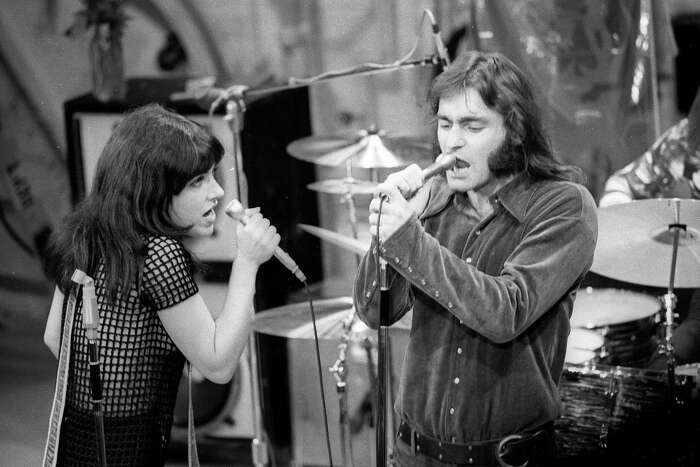
In Part One, we see the San Francisco scene develop in an air of almost magical innocence. Strangers wander into each other, drawn by the sound of music playing, and end up forming a band. New styles of art, advertising, and theatrical display (light shows and Be-Ins!) are developed, more from a love of experimentation than for their commercial potential.
The sounds began to spread around the country (Jefferson Airplane hit the Top Ten in early 1967 with “Somebody to Love”), but most of the bands were simply content to keep playing locally. Part One ends with an extended look at the event that gave a national spotlight for many of the Bay area bands and even changed a few skeptical L.A.-based minds, the Monterey Pop Festival in June 1967.
Although most known for Jimi Hendrix’s fiery performance and D. A. Pennebaker’s invaluable 1968 film, Monterey was a showcase for San Francisco acts, who made up nearly a quarter of the performers (Big Brother, the Dead, the Airplane, Steve Miller, Moby Grape and Quicksilver Messenger Service all performed) and left no doubt that Janis Joplin was only about a millimeter away from stardom. They came, they played, they conquered.
Sadly (spoiler alert!), it didn’t last. Part Two begins with the much-heralded “Summer of Love,” when the siren calls of Free Love, mind-altering chemicals and rock and roll brought thousands of young people (some reports claim 100,000) to the Bay area, most of them without the benefits of money, resources or much of a plan.
Dusty Street, the first female DJ on the west coast and one of the interviewees who provide observations on the past events, calls it “the Summer of the Death of an Idea.” The scene couldn’t last, but the musicians persisted.

The wide-ranging second installment follows the paths of the bands from Part One while also chronicling the new acts that continued to emerge: Sly and the Family Stone, Creedance Clearwater Revival, Santana, Tower of Power, Journey, and the Doobie Brothers. The 1969 Woodstock festival (and the enormously popular 1970 film) solidified Sly’s success and made a star of Carlos Santana- whose first album hadn’t even been released at the time. (Janis Joplin and the Dead also performed but declined to be in the film).
Unfortunately, the euphoria of Woodstock was quickly overshadowed by the despair of Altamont, the hellish December 1969 event (held 2000 miles away from San Francisco), where Airplane vocalist Marty Balin was beaten by Hell’s Angels and the Grateful Dead (who were instrumental in organizing the event – and according to some reports were responsible for hiring the Angels as security) flew away without performing.
“San Francisco Sounds” covers an enormous range of personalities and events, but they’re illuminated by new commentary from dozens of the musicians whose stories are included, as well as other veterans of the scene, like actor Peter Coyote, “Rolling Stone” journalist Ben Fong-Torres, artist Victor Moscoso and the aforementioned Dusty Street.
Curiously, in a directorial decision that ultimately makes emotional sense, we see only the last three on screen; We hear the voices – some slightly less steady today – of Steve Miller, most of the Airplane, Country Joe McDonald, and many others, but we see them only as they appeared 55 years ago: naïve, energetic and forever young.
Note: this review was written during the 2023 WGA and SAG-AFTRA strikes. Without the labor of the writers and actors currently on strike, the docuseries being covered here wouldn’t exist.
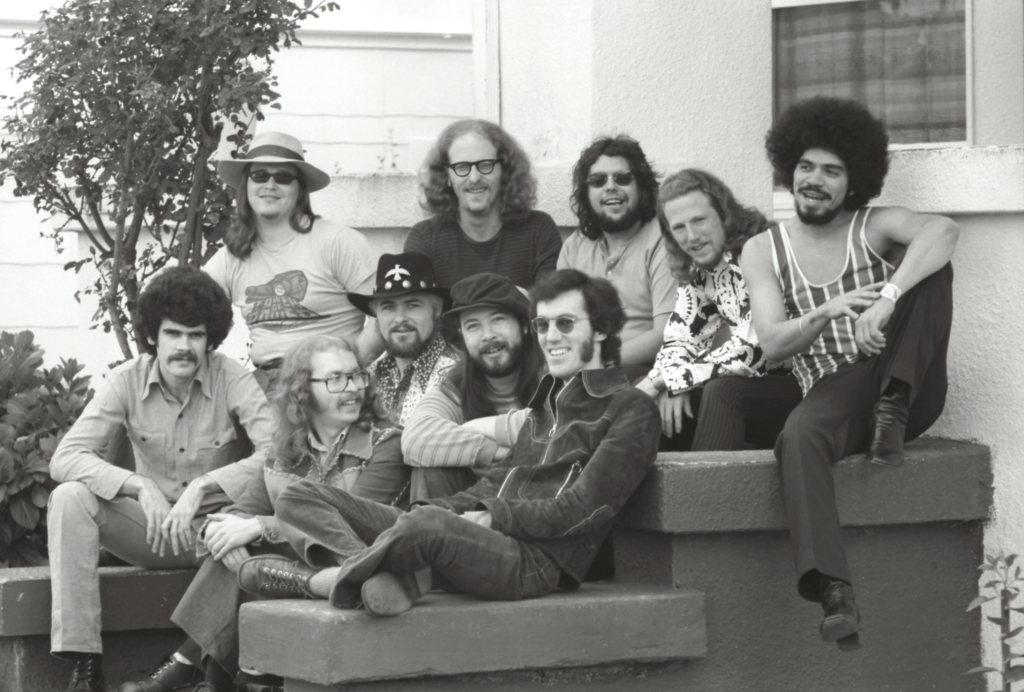

Lynn (Zipfel) Venhaus has had a continuous byline in St. Louis metro region publications since 1978. She writes features and news for Belleville News-Democrat and contributes to St. Louis magazine and other publications.
She is a Rotten Tomatoes-approved film critic, currently reviews films for Webster-Kirkwood Times and KTRS Radio, covers entertainment for PopLifeSTL.com and co-hosts podcast PopLifeSTL.com…Presents.
She is a member of Critics Choice Association, where she serves on the women’s and marketing committees; Alliance of Women Film Journalists; and on the board of the St. Louis Film Critics Association. She is a founding and board member of the St. Louis Theater Circle.
She is retired from teaching journalism/media as an adjunct college instructor.

